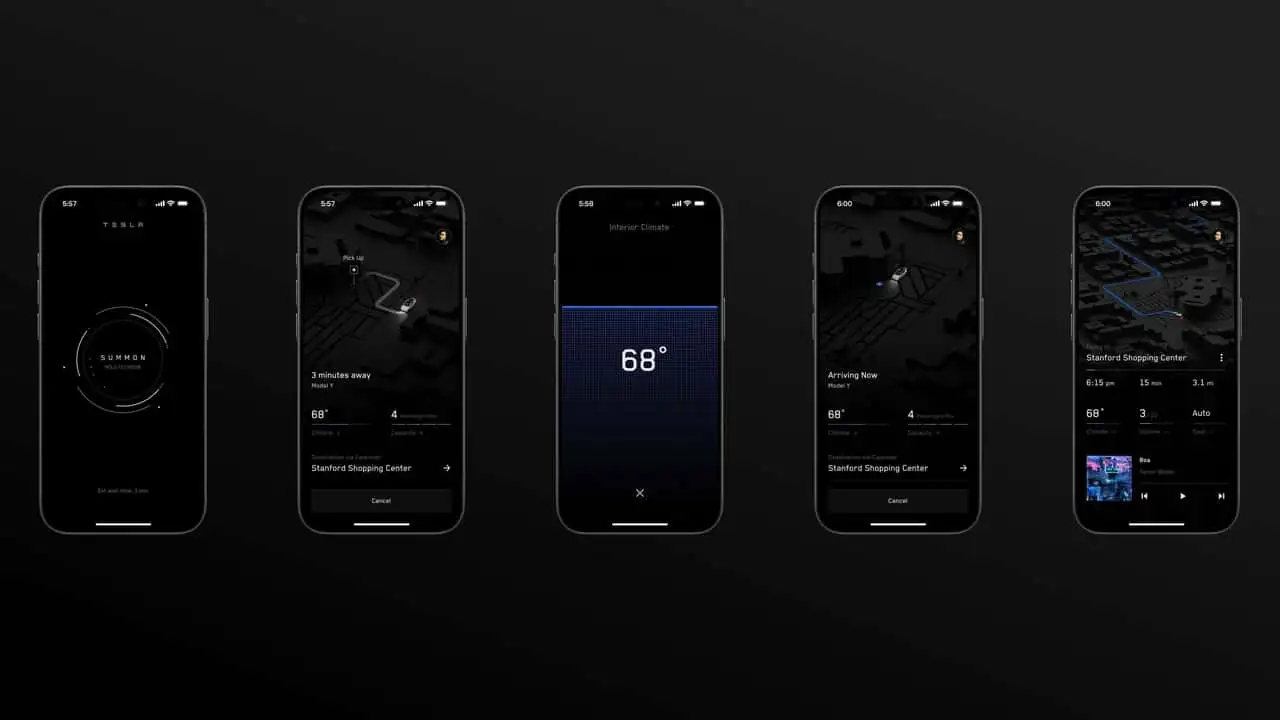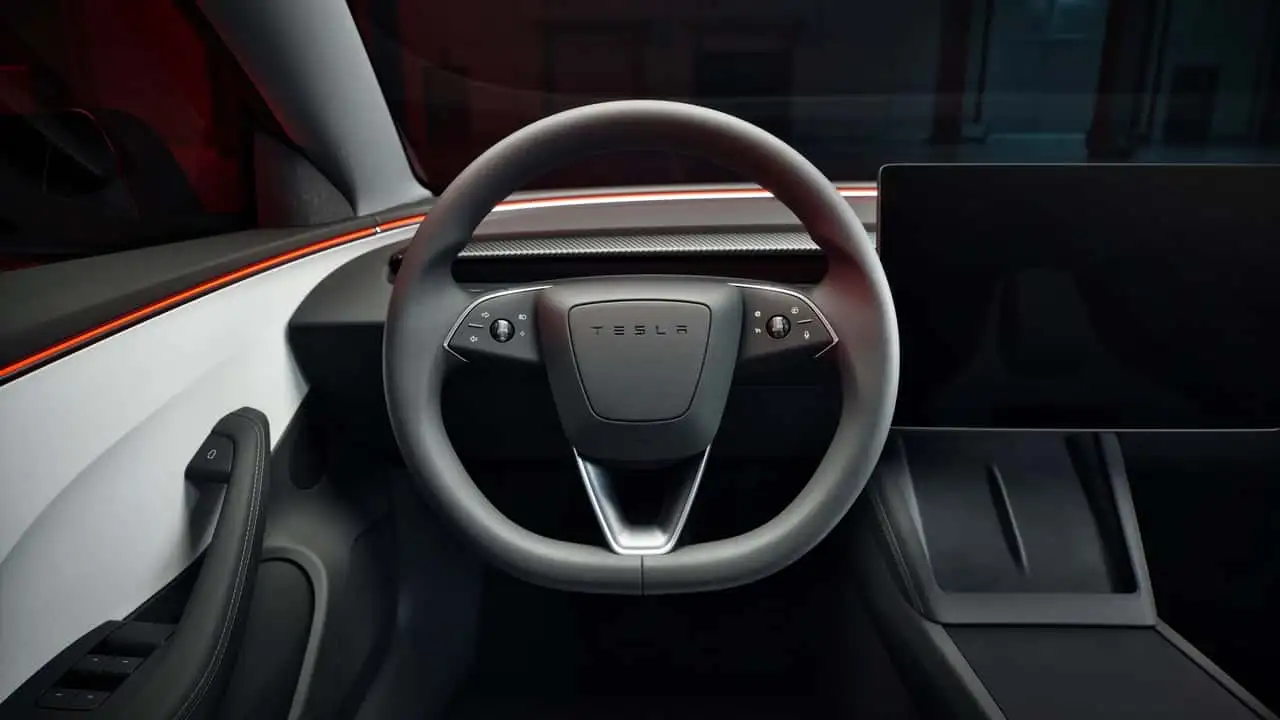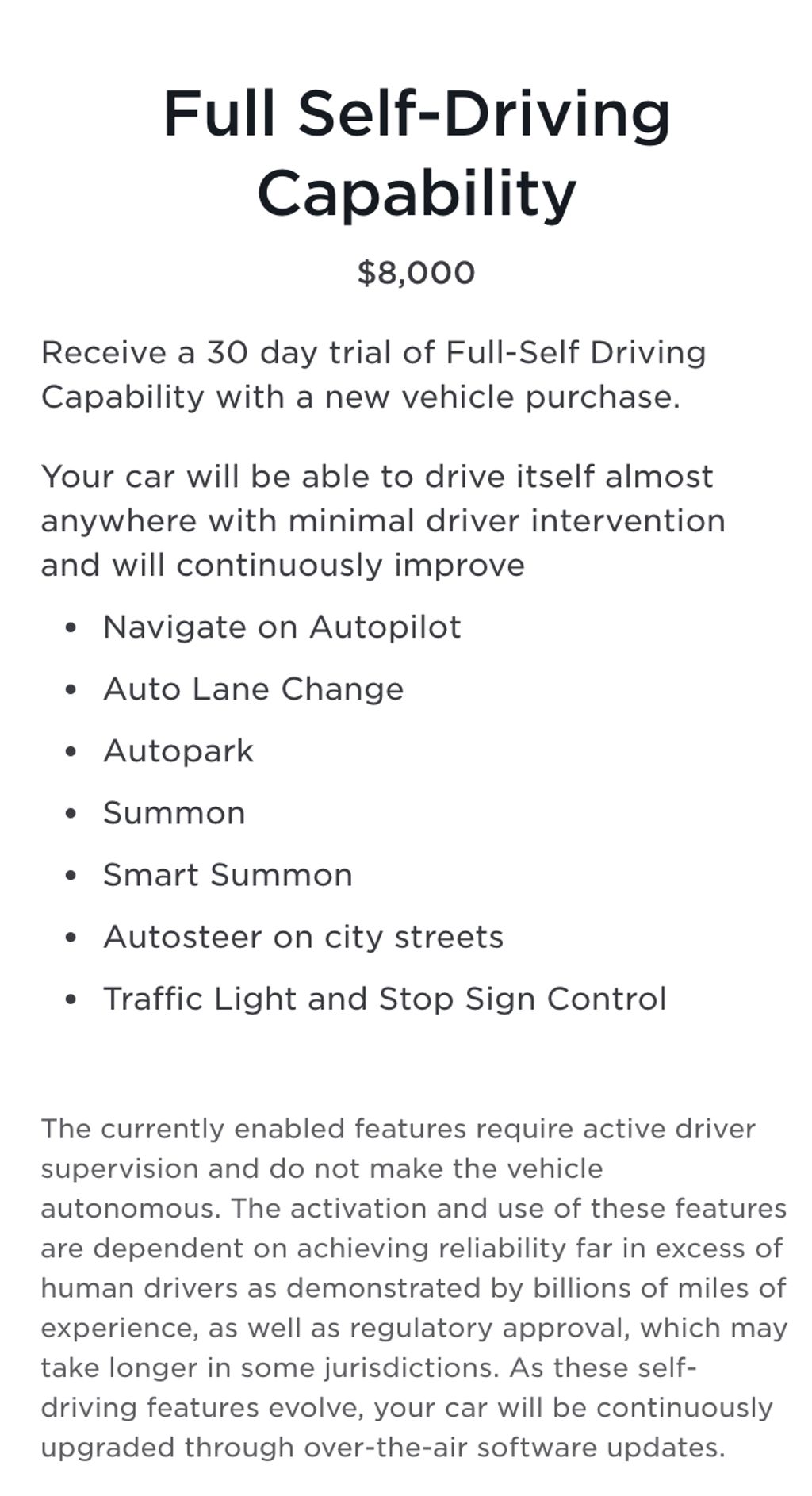The Geely SEA-M platform used on this car will be used for Waymo’s Robotaxi.
Out of all the dubious self-driving tech startups and software, Waymo’s pulled ahead of the pack as one of the few that work. If you’ve been to San Fransisco, you’d probably recognize the slow-selling Jaguar I-Pace models decked out in cyberpunk-esque growths on the body that run the Lidar and Radar units that let Waymo’s cars drive themselves. Of course, those growths aren’t all that attractive. And why the hell would a self-driving car need a steering wheel anyway? To surmount these problems, Waymo partnered with Zeekr for a steering-wheel-less self-driving car previewed at the LA Auto Show, officially called the Zeekr M-Vision.
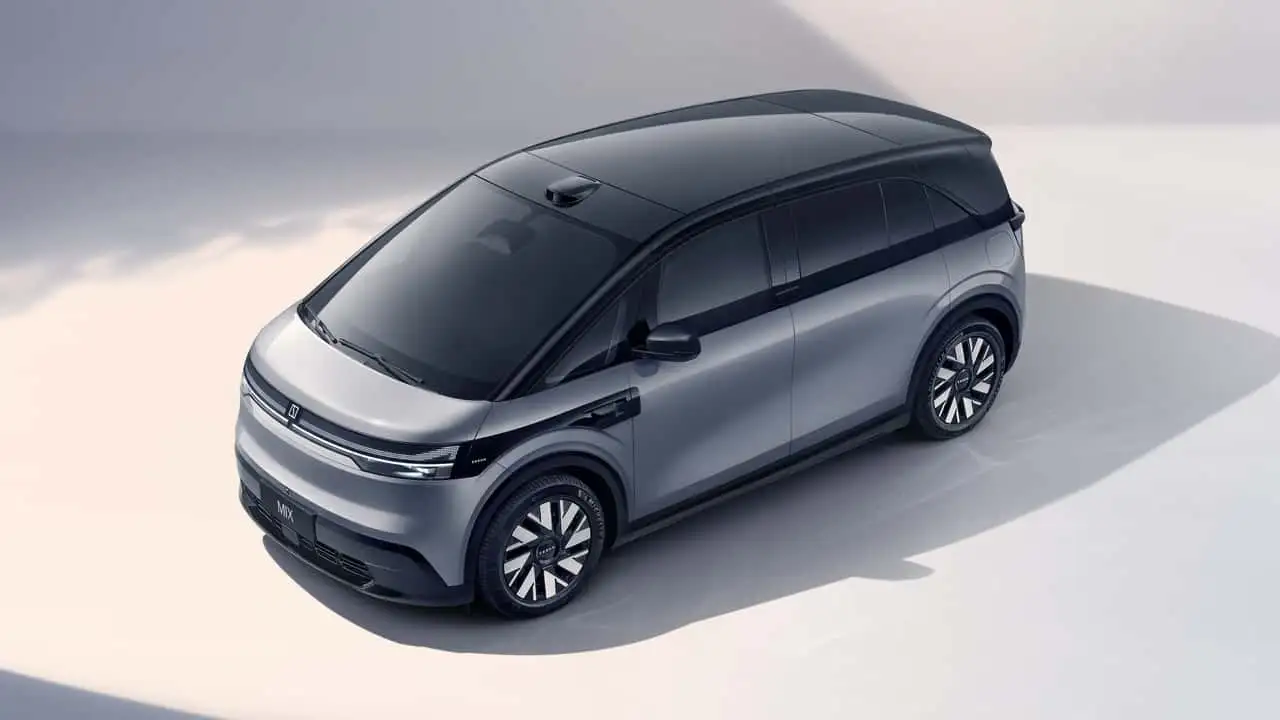
Geely and Zeekr say that the Vision M prototypes are in Waymo’s hands, but we haven’t seen them used on roads even two years later. But, at this year’s Auto China 2024 (Beijing Auto Show), Zeekr unveiled a thinly veiled concept car that looks pretty close in concept to Waymo’s purpose-built vehicle – the Zeekr Mix. Is this the actual production model of Waymo’s self-driving cab? Well, no, not quite, according to Zeekr.
Zeekr Has Global Aspirations
Zeekr plans to expand to more than 50 more markets around the world this year. The U.S. and Canada may not be part of them, but the brand has collaborated with Waymo for its self-driving autonomous driving concept. Zeekr’s parent company, Geely, owns controlling stakes in Polestar and Volvo.
It’s hard to ignore what we see in reality, no? Like the Vision M, the Zeekr MIX is a short, five-passenger MPV-like vehicle. It has integrated the structural portions of the B-pillars into its sliding doors, allowing for a pillar-less walkthrough design when both doors are open. It’s got narrow frame rails that increase the turning circle. It has a steer-by-wire that Zeekr says “allows for variable steering ratios and the potential to decouple steering wheel for future high-level intelligent driving.” There’s also a Lidar unit on the roof – come on, Zeekr, we all have eyes – this is Waymo’s new self-driving car, right?
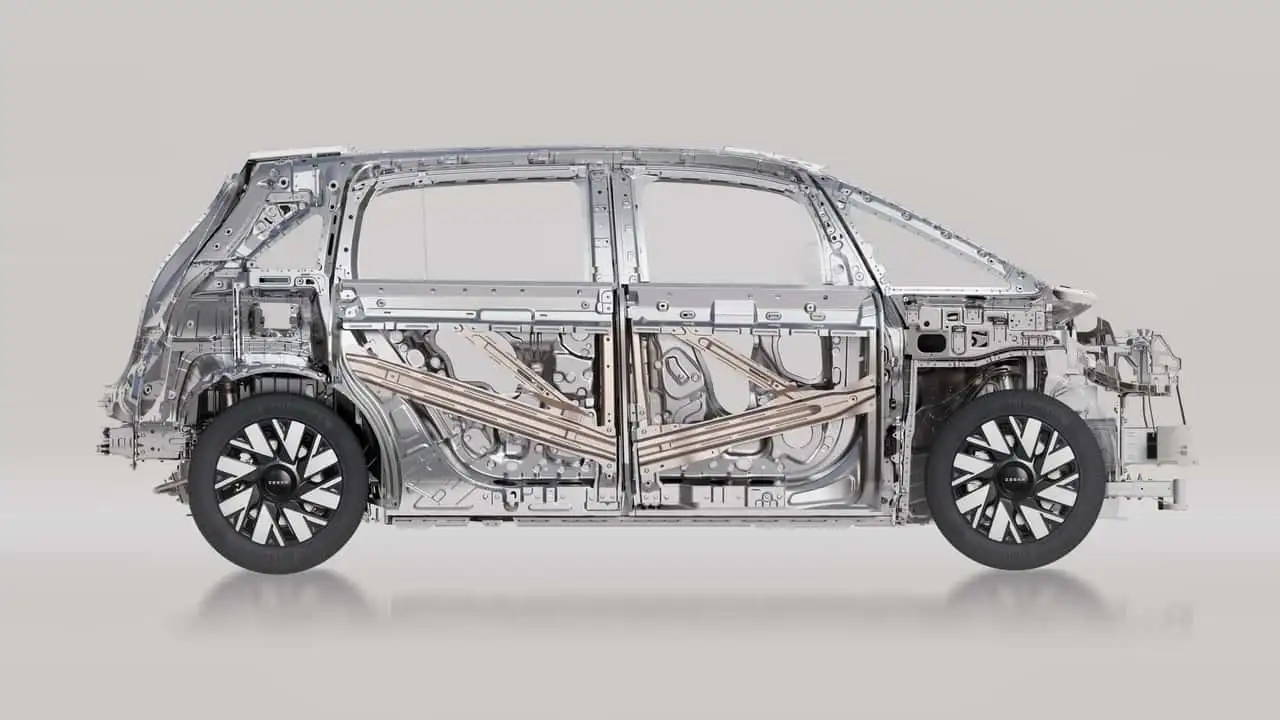
Zeekr’s representatives insisted that despite what we’ve seen on the turntable in hall E1 at The New China International Exhibition Center, the Mix differs from the M Vision. However, the brand did admit that the two cars share a lot under the skin, and the Vice President of Geely Design, Stefan Sielaff, understood why some might think this. The similarities are striking, and both use a variant of the Geely SEA platform that underpins vehicles like the Polestar, called SEA-M. The SEA-M platform includes all the aforementioned provisions and alterations to the standard SEA platform to make the Mix’s people-first interior possible.
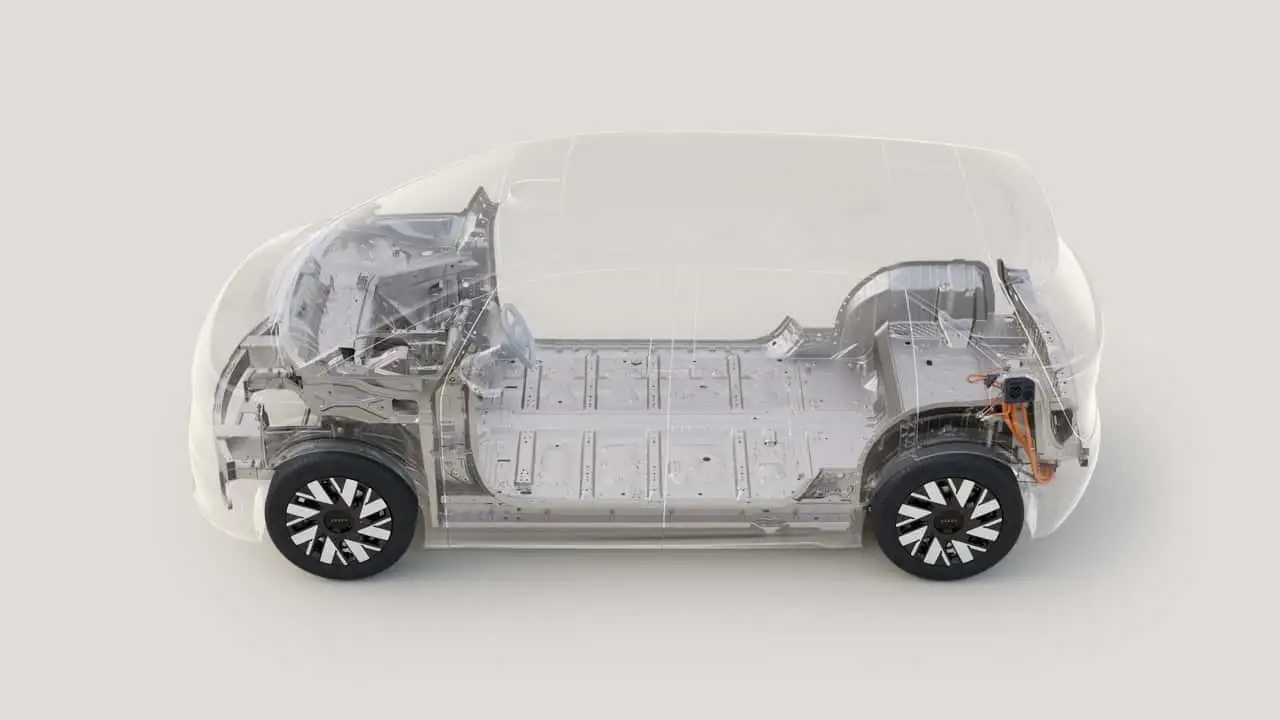
“The M-Vision was developed with Waymo; we innovated and tailor fit the platform [with the] bare necessities for robotaxis, the [needs of] which are definitely different for private users,” said Sielaff during a Zeekr roundtable event at Auto China 2024. “It can be used for commuting, but also be used as a sort of living room, used when you go out. It’s a completely different user case, so we need a completely different design for this market,” he continued.
It’s true, the M-Vision’s interior is very spartan and hard, no doubt due to the fact it needs to be a serviceable taxicab meant to see oodles of passengers in its theoretical service. The Mix, like other Zeekr vehicles, is downright lush in its appearance.
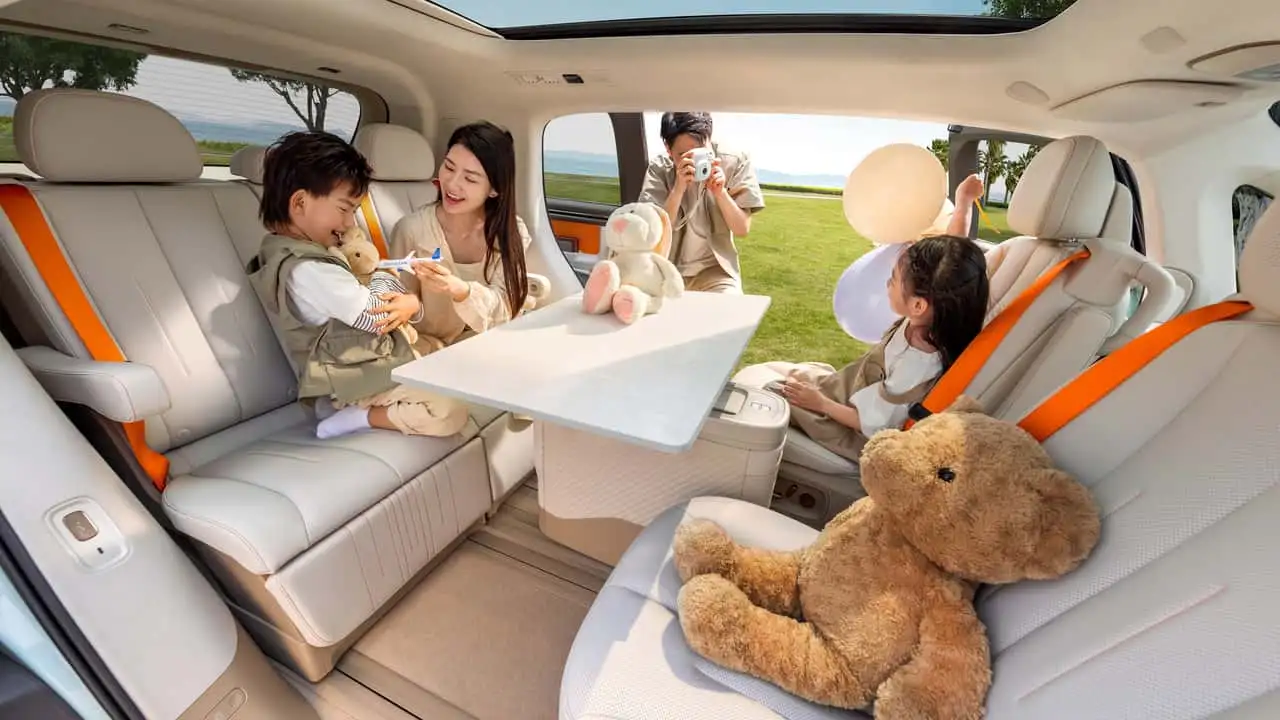
“The Mix is a bit more of an unconventional product; it’s more of an iPod on wheels, a kind of lifestyle capsule,” said Sielaff. “The main focus is families,” he continued. Thus, many features are incorporated that are supposed to transform into a sort of living room on wheels. The front and rear seats can completely face each other, and the interior is full of the usual assortment of screens found in the interior.
The Zeekr Mix probably won’t make it out of China, but the SEA-M platform will. Zeekr says it was designed to fit a multitude of utility-oriented solutions, whether that’s a commercial vehicle, robotaxi, or something else. Curiously, the brand says that vehicles on the platform would qualify for a Top Safety Pick award from the Insurance Institute for Highway Safety (IIHS).

I couldn’t get too close to the Mix; Zeekr claims this is still a concept for now. Sielaff and the rest of the Zeekr crew said the production model would look pretty much the same as what we’ve already seen.

